Many fans believe Formula One’s ‘excitement barometer’ is based on the number of different winners and the closeness of the championship chase during the year. Regular F1 contributor Graham Duxbury outlines F1’s most competitive season.
Based on this metric, the 1982 season must go down as one of the most exciting and the most competitive. It featured eleven different winning drivers from seven teams. And, as happened last year (2024), the team that won the constructors’ championship did not include the winner of the drivers’ title in its lineup. In 1982 the Williams team appeared to be in the ascendant with a formidable driver pairing in Alan Jones and Carlos Reutemann.
Follow Double Apex on Instagram and Facebook where we share more car content.
Taking Turns
However, shortly before the season’s opening Grand Prix in South Africa, Jones unexpectedly retired from the sport. Williams signed the largely unknown Keke Rosberg as his replacement. The SAGP was won by Alain Prost for Renault, with Reutemann second. Rosberg finished a creditable fifth. At the Brazilian GP. Nelson Piquet (Brabham) took the chequered flag first ahead of Rosberg. However, both were disqualified due to underweight cars. This promoted Prost who thus scored his second win of 1982.
Williams was again plunged into disarray as Reutemann retired. The Falklands War was being waged and being an Argentinian his position within a British team was untenable. Irishman Derek Daly was drafted in to fill the void. In 1982, former world champion Niki Lauda, who had retired in 1979, was persuaded to return to F1. He dispelled doubts about his capability by winning the next race, the Long Beach GP in the USA. Rosberg was again second.
More Drama
The fallout from the disqualifications in Brazil led to a boycott of the San Marino GP by many teams including Williams and Brabham. With the Ferraris of Gilles Villeneuve and Didier Pironi in the lead, a team order to slow was ignored by Pironi who passed on the last lap. An infuriated Gilles vowed to “never speak to Pironi again”. They were prophetic words, as Gilles crashed fatally during qualifying for the Belgian GP two weeks later At Zolder, Rosberg looked set for victory, but a mistake let McLaren’s John Watson through to win.
Riccardo Patrese won the Monaco GP for Brabham. It was his first F1 win. The highlights of the race were the four lead changes over the last three laps. At the Detroit GP John Watson won again, while the Brabham team posted a “one-two” finish at the Canadian GP with Piquet leading Patrese. Of interest was their different power units. Nelson’s car featured a BMW turbo unit, while Ricardo had a naturally-aspirated Cosworth V8.
Ferrari on Form
Ferrari, with Pironi at the wheel, then had a run of good fortune, dominating the Dutch GP at Zandvoort and claiming second behind Lauda’s McLaren at the British GP at Brands Hatch. Here, Pironi’s new teammate, Patrick Tambay, claimed his first podium. After a third-place at the French GP at Paul Ricard – behind the Renaults of Rene Arnoux and Prost – Pironi led the championship standings ahead of Watson, Prost, Lauda and Rosberg.
The German GP at Hockenheim provided more heartbreak as Pironi broke both legs in a practice crash, ending his career. Tambay provided Ferrari with some solace by winning. The biggest surprise came at the Austrian GP at the Osterreichring where Elio de Angelis won in an unfancied Lotus by just 0,05 seconds from Rosberg (black and white image shown).
Another Winner
The Swiss GP was held at Dijon in France where Rosberg won his first and only race of the season. It was tight, however, as his Williams passed Prost’s Renault on the last lap. Although Mario Andretti – replacing the injured Pironi – put his Ferrari on pole for the Italian GP at Monza, the tifosi were denied a win by Arnoux who brought his Renault home ahead of the two Ferraris. Mario’s third place represented his last points score in F1.
The championship reached a crescendo at the season finale at Caesar’s Palace in Las Vegas. It was a close contest between Watson and Rosberg. As it happened, Watson finished second, behind the final new winner of the season, Michele Alboreto in a Tyrrell. But Keke’s fifth place secured the title. He had only won once, but a consistent run of points finishes was the decisive factor. Perhaps fittingly, the constructors’ championship went to Ferrari.
Images by Alpine, F1 and Williams.

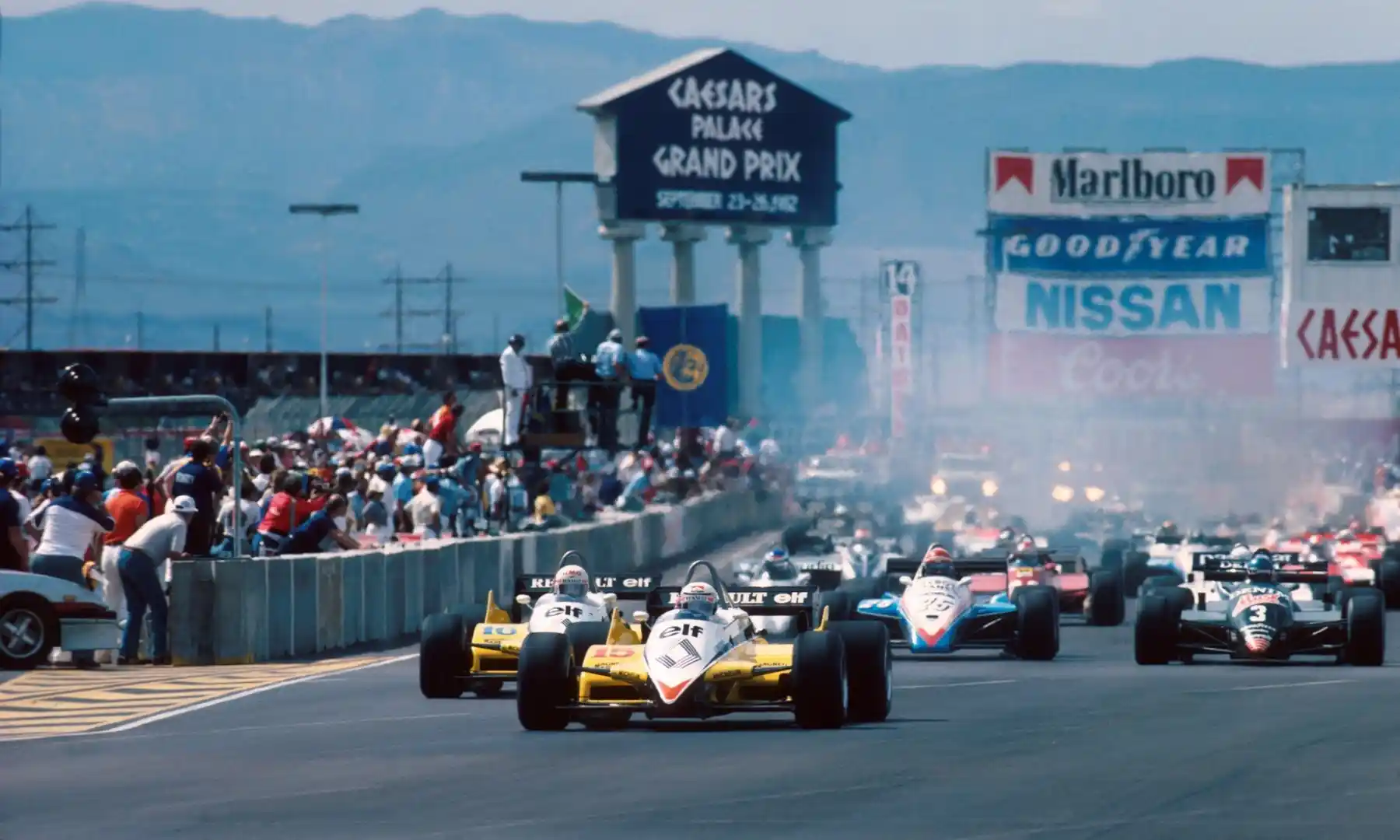
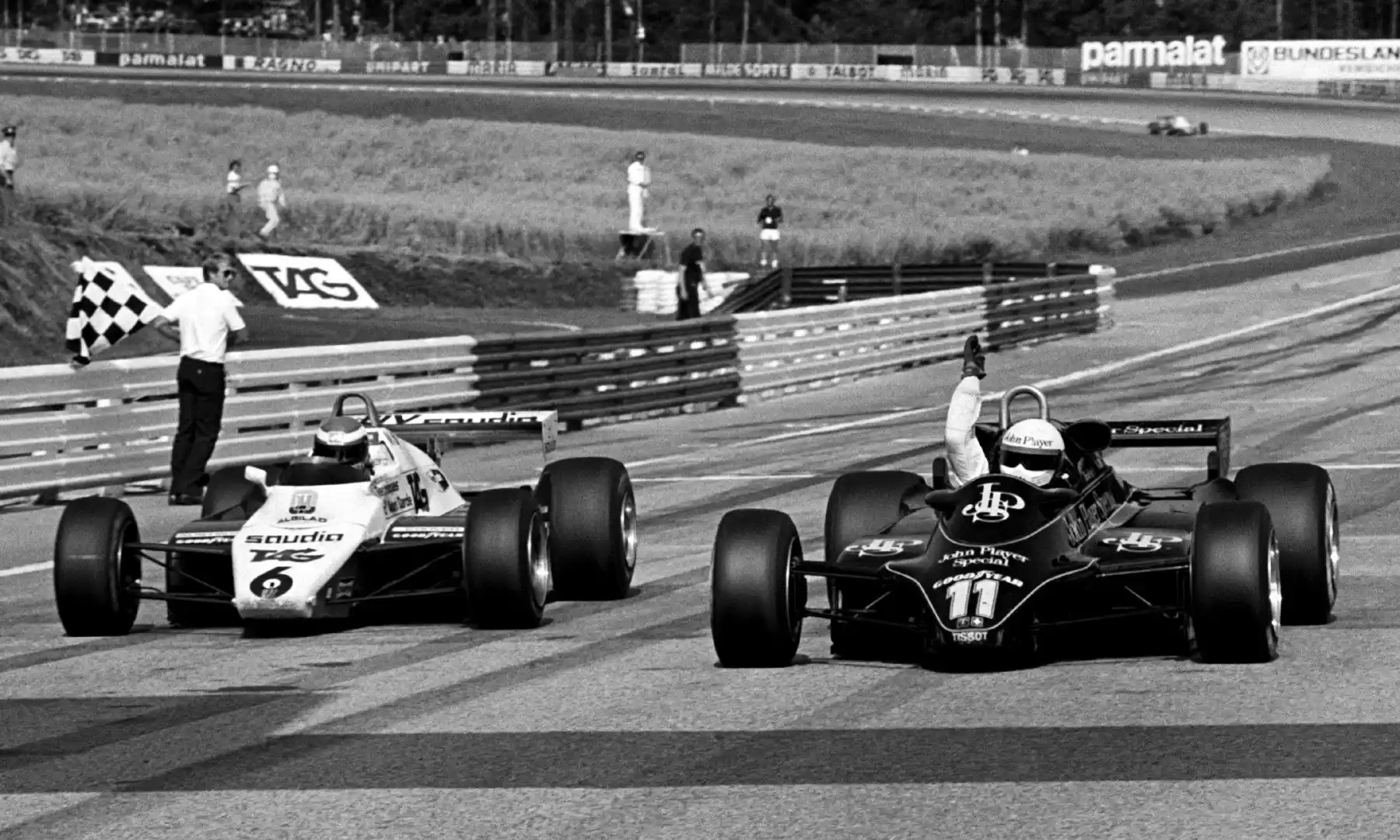
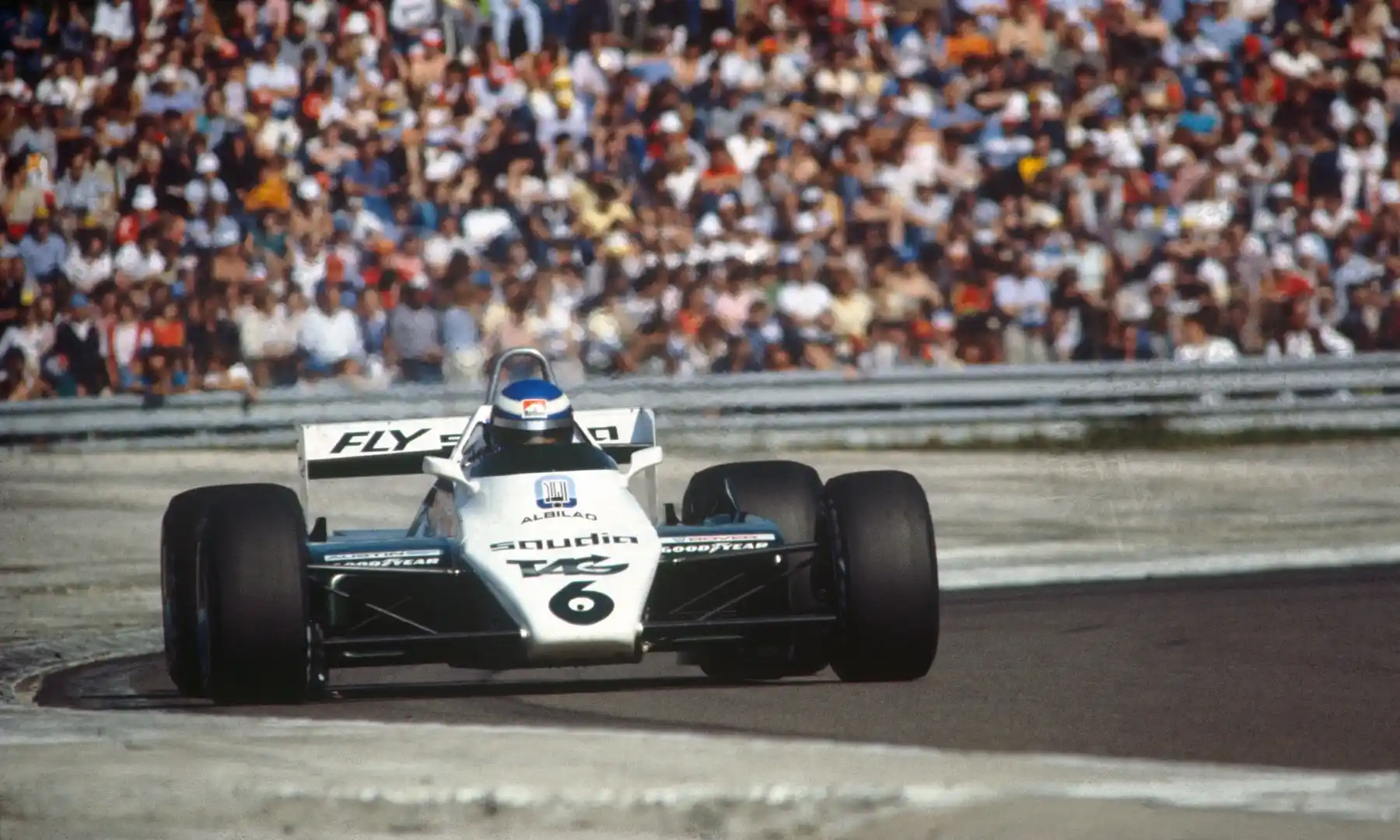
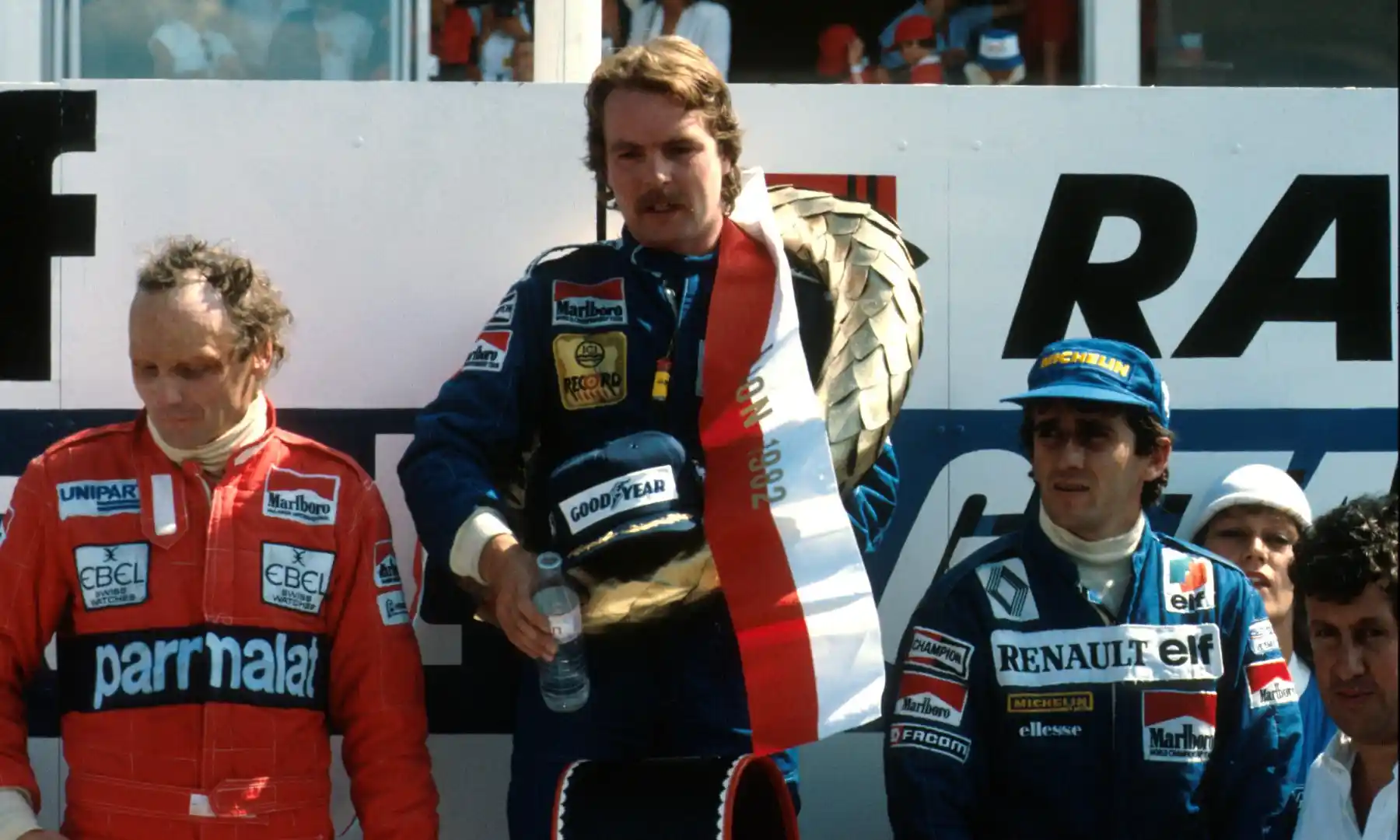

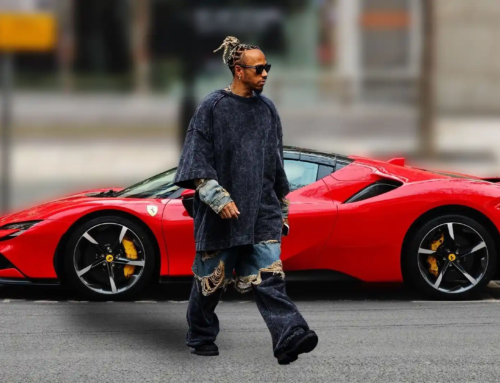
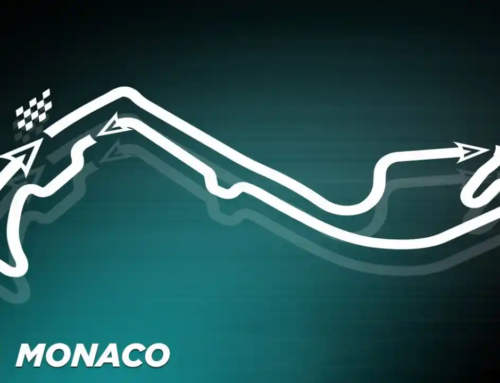

Leave A Comment